January 21
(Note: If you read the January 20 post without photos, you may wish to look back at them. Because of lack of Internet connections, I’ve been unable to post for several days, so you may see three or four posts at once. Sorry about that.)
Chanting awakens us again, just after five (having gone to sleep again after the 3AM dog barking), but as we were to do an early tour of the market and port, we did not mind. After breakfast, though, Aung Lin Htet gives us the disappointing news that there’s no market today. So, after checking emails at Aung Lin Htet’s and unsuccessfully trying to load photos to the blog, we pick up Nai to head for the villages.
Watching the city and area wake up is interesting–monks in vermillion robes carrying their alms baskets, small buses jammed full of people, hordes and hordes of motorbikes, cars, bicycles and, as we leave the city, increasingly horse and ox-drawn carts. Aung Lin Htet explains that monks have certain places they return to for alms, typically cooked rice. Nuns, in pink robes, travel in a line as a group and bring their raw rice back to the monastery to be cooked.
Part of our trip is along a toll highway, but eventually, we leave that and drive on narrow, badly-paved roads. Unfortunately, this post is going to be a whole lot sketchier than it should be because I just inadvertently erased all of the notes I’d written in my iPad yesterday. Shit. So, I’ll write this without the names of villages and people (which you may not care about anyway) and add those back at a later time.
The land we pass through is arid, farmable only in the June-October rainy season. During other parts of the year, many people move to other areas to find work.
Our first stop is at a monastery school that houses some 430 students, age four to sixteen. The government recognizes, but does not support, the school. Recognition makes it possible to transfer schools, to take government tests and to gain the necessary credit for university.
We are ushered into a large room, where we meet the head monk, a man of about fifty. He has significantly expanded the school during his tenure there. (Later, we see young people he has hired making brick blocks by hand and a large line of thousands of them, which will be used for future building.).A large tray of food is brought out for us, as we sit asking the monk questions. We tour the school buildings where we see/hear students reciting their lessons in unison, aloud. The students seem somewhat uncomfortable with our presence. There is none of the animation, laughing and horse play that we typically encounter in Ghana. In one of the older classrooms, students are working on computers.
We drive from there to Nai’s home in the village. It is a nice, clean home, with a flat screen TV. We’re served lunch by Nai’s mother, a very nice-looking woman who looks perhaps half her age; she could be his sister. Nai has invited a friend who works for the NLD in a nearby village and a young woman who works in a library that Nai supports. Neither speaks English. Nai and Aung Lin Htet are pictured below.
Nai lives in this home, not in Mandalay, as we had thought. It turns out that, while he spends about six hours a day on NLD work, he is not paid for it. He has an internet store that he runs for money. Nai’s mother has a gold and jewelry store nearby. His father died 17 years ago, when Nai was ten. It’s very unusual for somebody from a village like Nai’s to have attended PCP in Yangon.
After lunch, we drive to another, smaller monastery school, which has about 80 students, about a quarter of whom have no parents and live at the monastery. Again we meet with the head monk and again are offered food. We do a brief tour of the school, which includes a class of very cute pre-schoolers. As with the other school, the government provides no support to the school.
By now we are traveling on bumpy dirt roads, quite like those we need to traverse in Ghana, and arrive at a farming village, that also produces ceramic ware and baskets for the area. We sit in a shaded area and hear about and see the cigar-making that they do by hand. In a day, a person can make 800-1000 cigars and is paid about a dollar a day for their work. The land and operation is owned by people outside the village, and workers do not share in any of the profits. A good part of the village of 1500 has gathered to watch us and listen to our discussions. Clearly, we’re the biggest thing to hit town in a long time. People are friendly and smiley, but many are shy about having their pictures taken.
After we finish talking about the cigars, we are driven a short distance to see first the basket making, which is done by a small group of people who cut, strip, soak, bend and weave the smoothed, thin strips of palm bark into baskets. Next, we drive a short way to where dirt brought from other parts is made into mud, and in a process of many steps, is dried several times, put into piles, and molded into pots. Along the way, Imperfect vessels are discarded.
We drive past some quite nice houses, very different from the thatched village houses, which Nai explains are owned by local people who have to work in other countries to afford and support the homes. We stop at Nai’s mother’s very nice jewelry store to say goodbye and for a bathroom stop.
We drive on to another village, where petrified wood, found buried in the earth is mined, cut and worked into beads that are sold for jewelry in Mandalay and elsewhere. The final cutting and polishing of the beads is done by young women sitting and bending over in what looks to be incredibly uncomfortable positions to the very loud whirring sound of machines that the women use to do their work. We buy a nice, large band of painted beads for Carol for about six dollars. Probably killed her not to feel that she could bargain.
Nai is staying in his village, so we say goodbye to him here, thanking him for all of his efforts in setting up meetings for us. We give him some money for the NLD, which he says he will use to support the education we have seen, since foreigners are not allowed to contribute to the NLD. We also give him seventy dollars to contribute to the environmental activists/former political prisoners with whom we met, which we have calculated will be dues for Carol and me for five years. Nai says he will confirm by email how the money has been used.
As we drive away from this village, Aung Lin Htet tells us that we have been followed by police, ever since our meetings with the NLD and the former prisoners. They have questioned our driver, Zo Win, about us in several places. Nai is currently talking to the police, telling them if they have any questions, to ask him. I joke with Carol that we may soon be former political prisoners ourselves, but that I won’t mind, as long as they allow me to blog.
We drive back to Mandalay, arriving in rush hour. We stop to change some money and, after a short spell at the hotel, are picked up for dinner with Aung Lin Htet at a European restaurant called the Koffee Kaffe. Back to the hotel by nine to pack for our early departure to Bagan tomorrow.
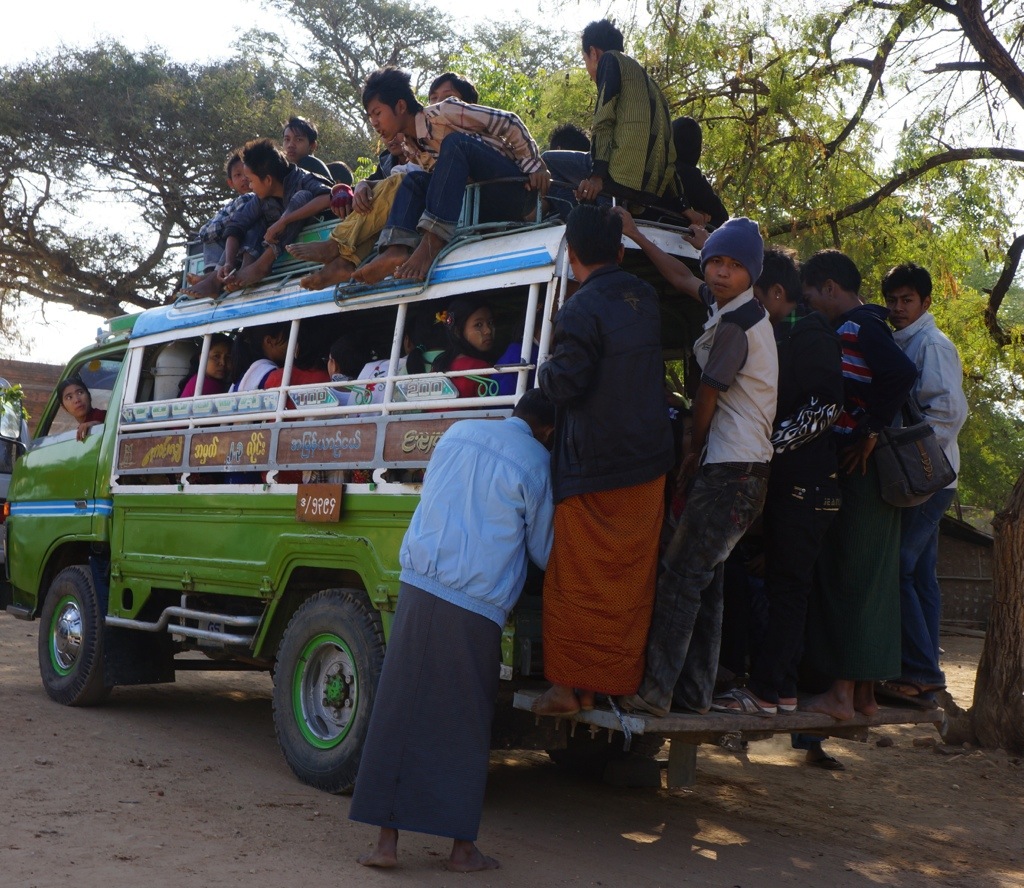
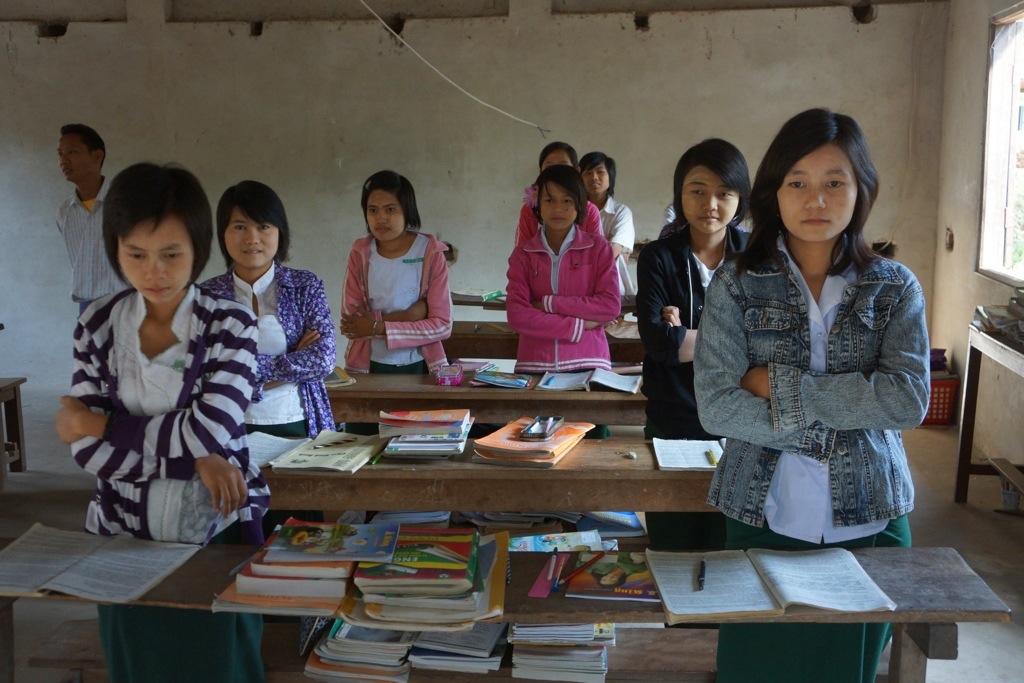
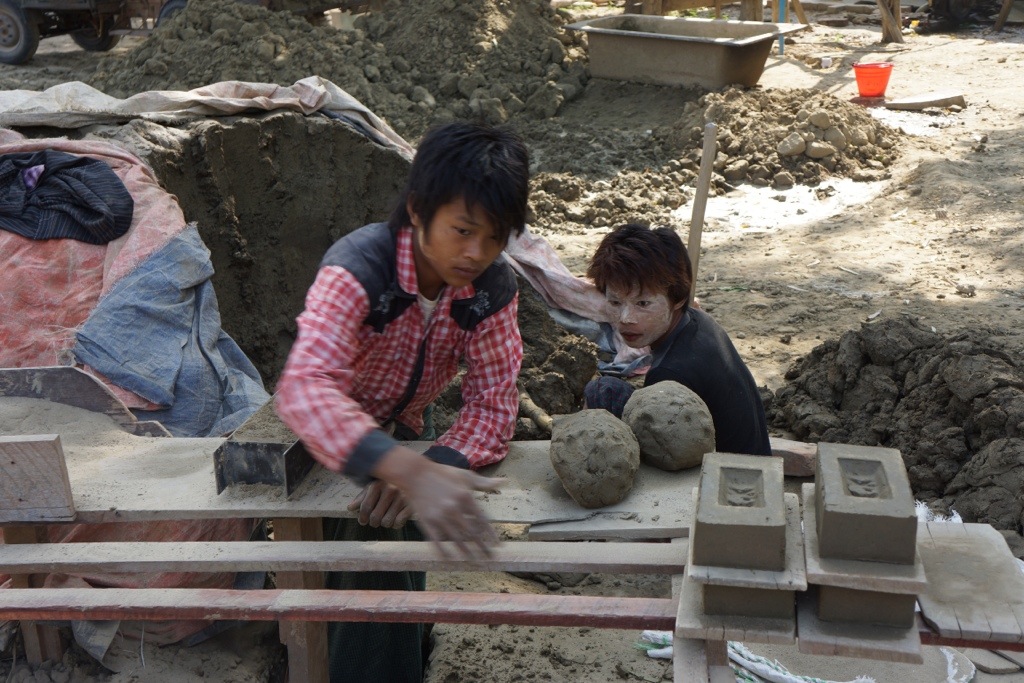

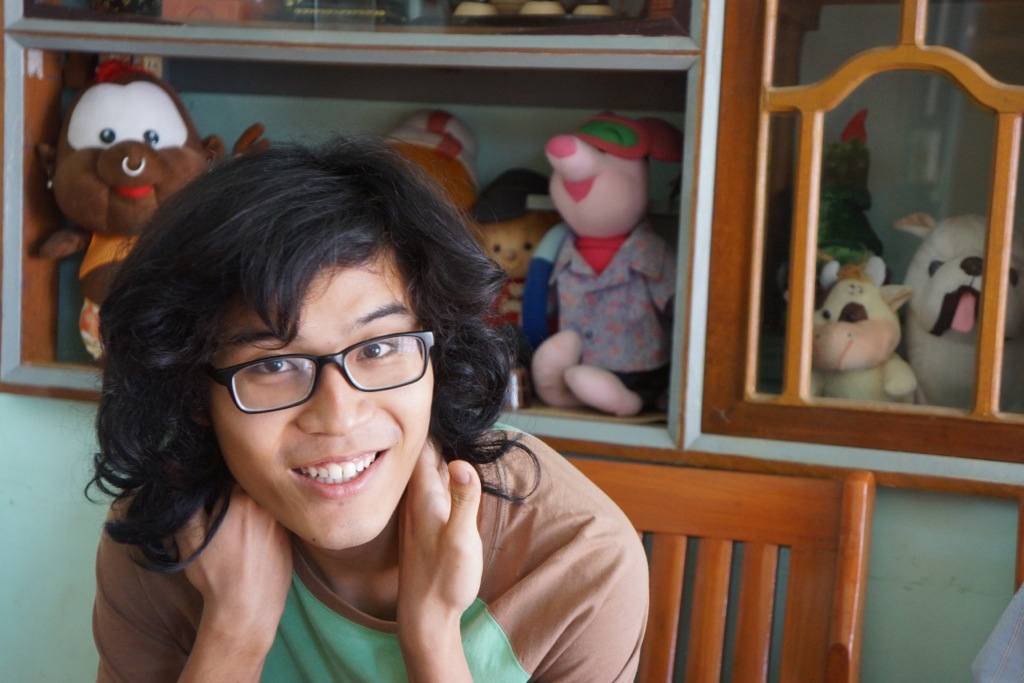
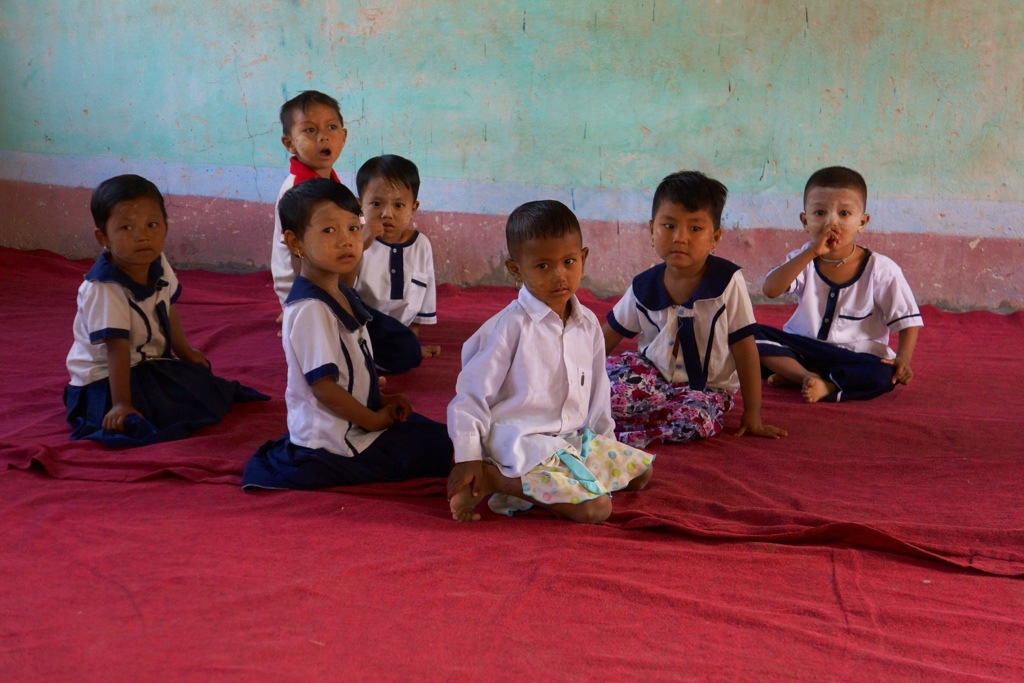

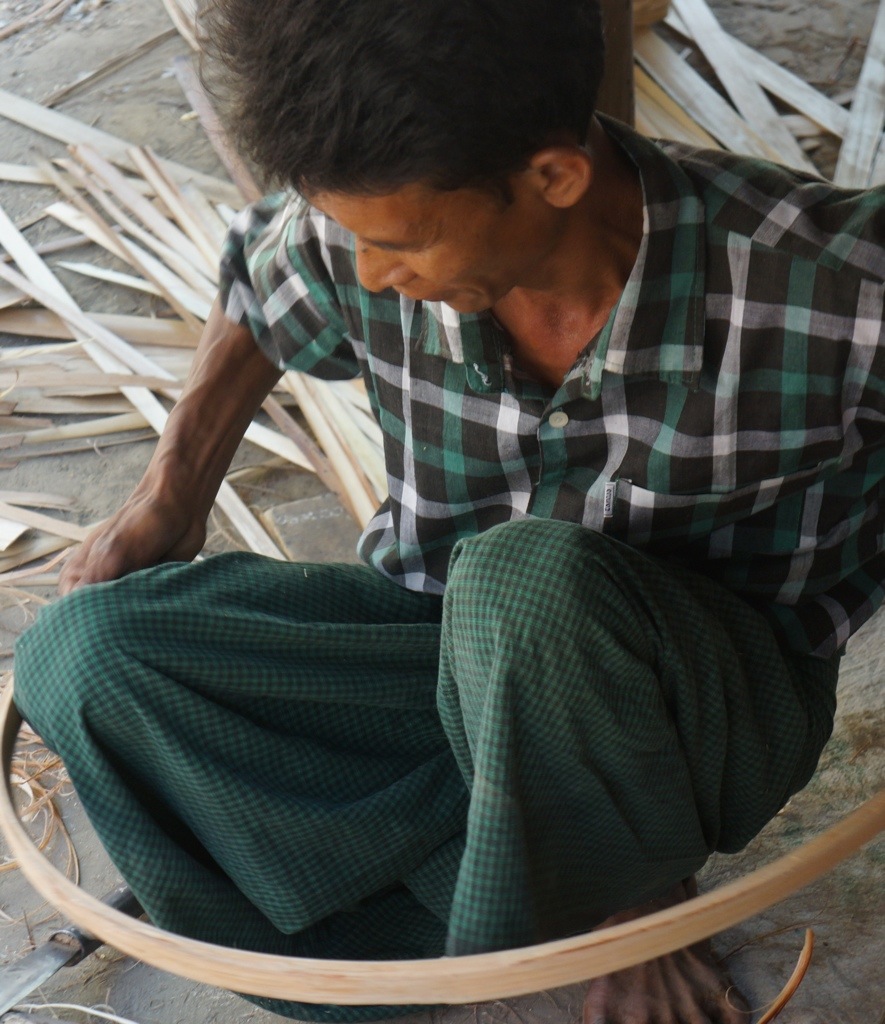

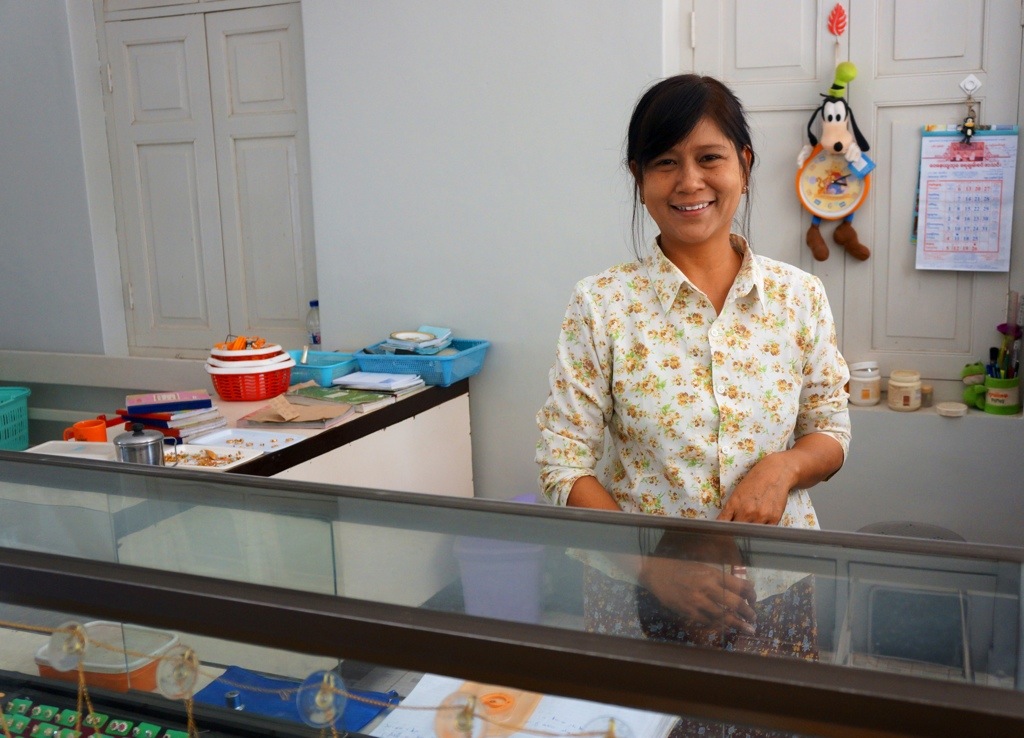
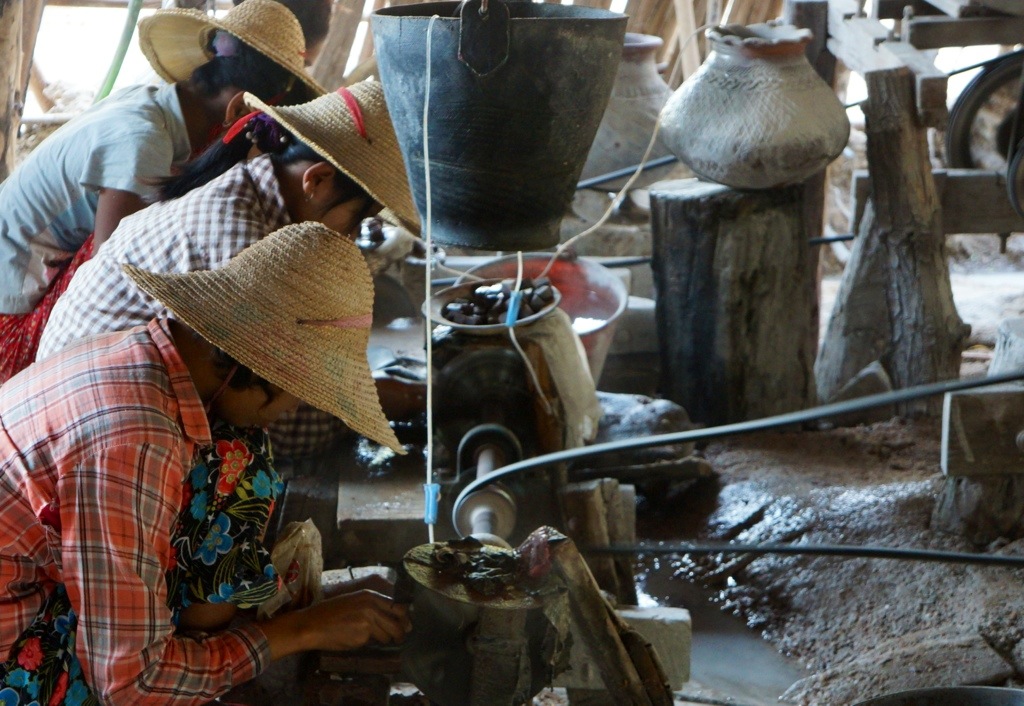
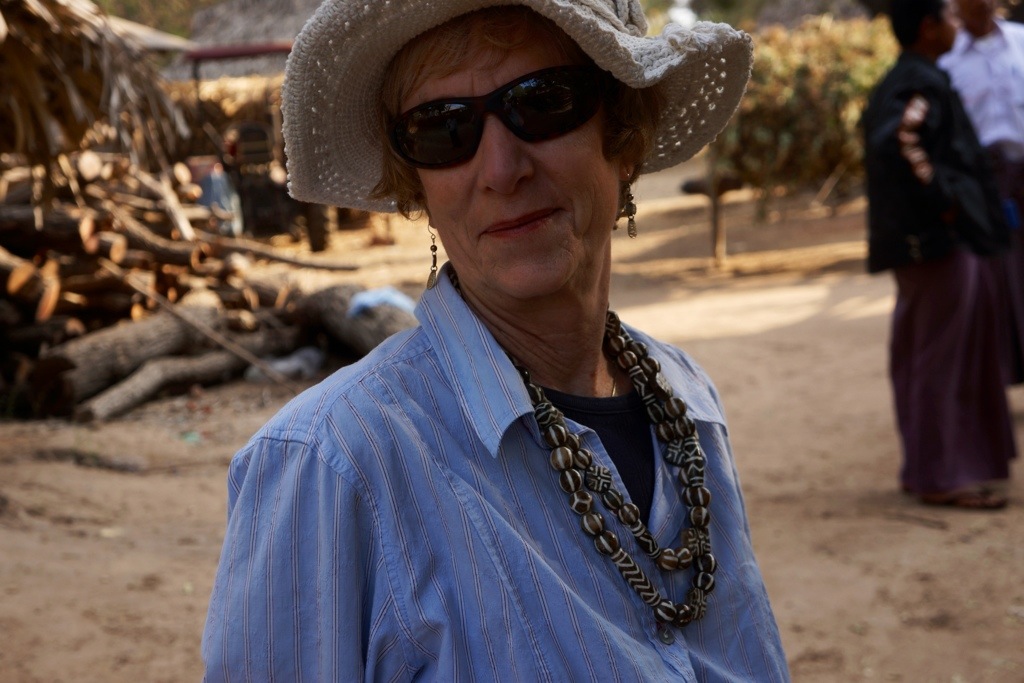

Leave a Reply